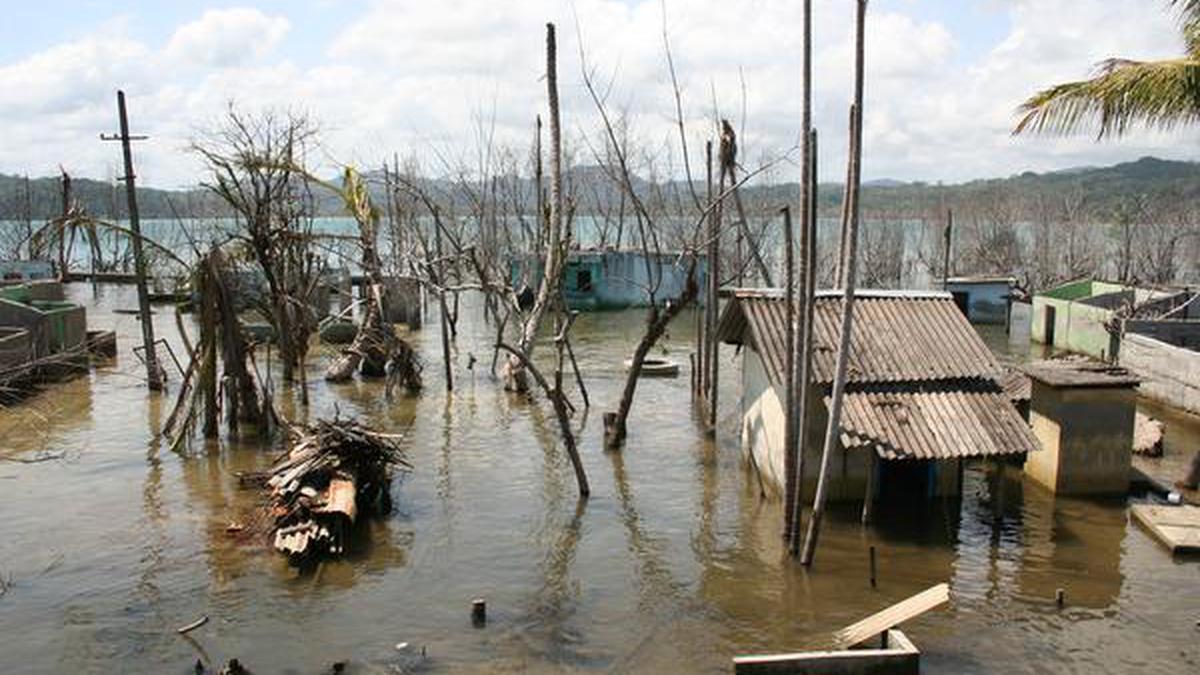Through the advent of the inconsiderate passing of the Forest Conservation Act’s (FCA) Amendment Bills’ in the Rajya Sabha—following its rather undemocratic passing in the Lok Sabha—it is imperative to consider the consequences of governmental inaction and insensitivity towards protected ecologies, which ought to be conserved to meet our climate targets, preserved as natural heritages for the future, and also, the ancestral lands of many indigenous and Adivasi communities.
The passing of this bill allows for clearances of infrastructure projects on lands that were once protected and that once required stringent procedures to exploit. From now on, the controversial bill may allow for redefining what constitutes a “forest,” facilitating capitalistic exploitation and endangering biodiversity in unforeseen ways. Its passing is a severe blow not just to those directly dependent on forests currently but to all future generations of Indians whose rights to a secure and healthy climate are now being irresponsibly endangered.
Particularly, these measures are blatantly exploitative of all those who live on these lands, particularly noting the Amendment Bill’s lax policies around setting up “eco-tourism facilities”. There has been a growing interest in eco-tourism in recent years, which is sometimes seen as a more “eco-friendly approach” to tourism. Yet, the implications of reducing these ecologies, and thus their inhabitants’ lives and cultures, to their mere aesthetic, economic and recreational values, is oft-ignored.
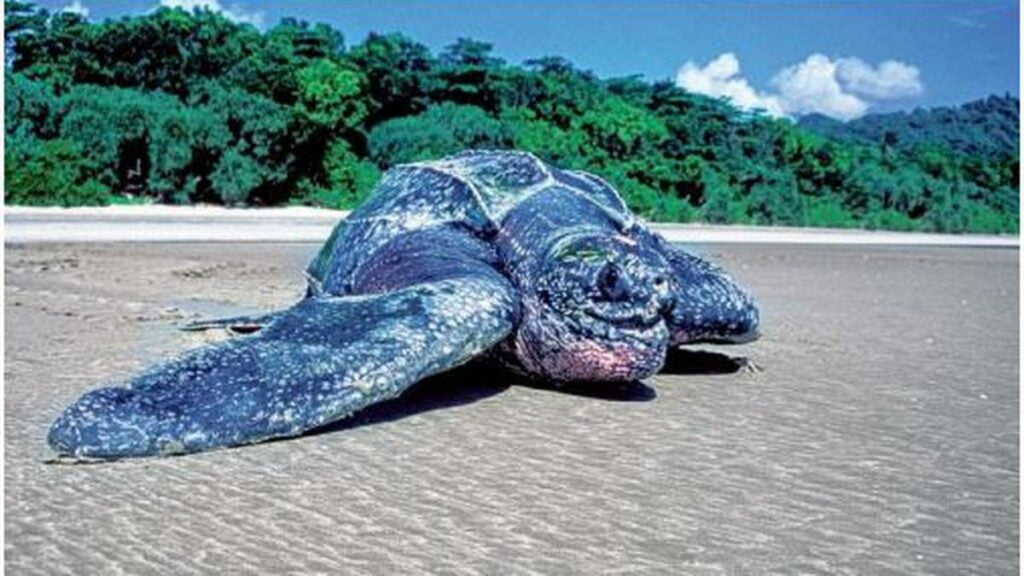
Given the country’s obsession over an exploitative eco-tourism model, with its conservation and commercial bias, research shows that the industry ‘might become unsustainable in the long run‘. This article dives into the unsustainable and non-inclusive dimensions of eco-tourism, particularly, in the context of protected regions.
Eco-tourism, environmental degradation and the Indigenous community
Tourism is known to have a detrimental impact on a place’s ecologies and inhabitants, with the industry being a central player in non-inclusive and unsustainable conservation strategies. From flight carbon emissions to plastic pollution levels on-site, badly organised tourism has been known to transform the climate for the worse. Not only is this a massive loss of nature and natural resources, but it is also a gross injustice to those living in the stewardship of these places.
Tourism is known to have a detrimental impact on a place’s ecologies and inhabitants, with the industry being a central player in non-inclusive and unsustainable conservation strategies. From everything to flight carbon emissions to plastic pollution levels on-site, badly-organised tourism has been known to transform the climate for the worse.
The effectiveness of methods like Fortress Conservation, though debunked, is still heralded as the norm in diplomatic spaces where money derived from organising tourism or mining in these cleared areas where indigenous people have now been forcefully evicted from. In National Parks like Nagarahole, militarised conservation, violence and brutality in the name of conservation are displacing forest-dwelling Adivasi communities from their land and, simply, facilitating land-grabbing by private actors.
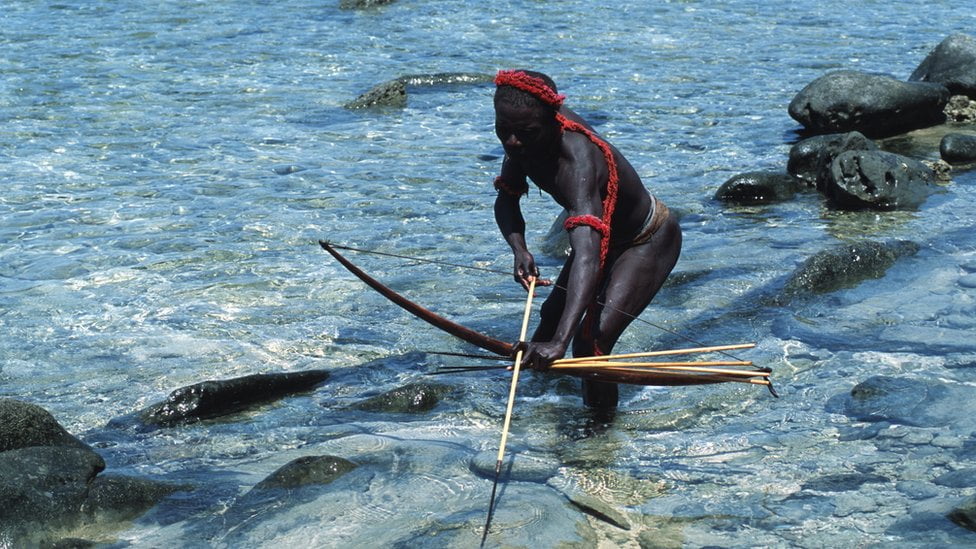
Tourism, arising from prioritising the aesthetic value of touristic sites over their cultural and ecological value—asserting exploitation of these “unspoilt” locations—objectifies nature as something that can be exploited, “spoiled,” and then discarded.
In Goa, a history of deep-seated tourism, and a parallel rise in infrastructure projects, has resulted in an overtime degradation of coastal ecologies, with several species, like the Olive Ridley sea turtles, becoming endangered.
In Goa, a history of deep-seated tourism, and a parallel rise in infrastructure projects, has resulted in an overtime degradation of coastal ecologies, with several species, like the Olive Ridley sea turtles, becoming endangered. This has also modified the culture: impacting traditional fishing methods and livelihoods, entrenching issues of crime and an illegal drug scene, and leading to a dependence on the tourism industry and a lack of opportunities for native locals—all while being marketed solely as a party place.
“Another example would be the growing tourism in the Sundarbans,” adds a member of the There Is No Earth B movement, “although (this is also) contributing to the local economy, which is threatening the natural environment due to pollution by garbage disposal, poor sanitation, and noise from mechanised boats, ultimately harming the pristine forest and its biodiversity.”
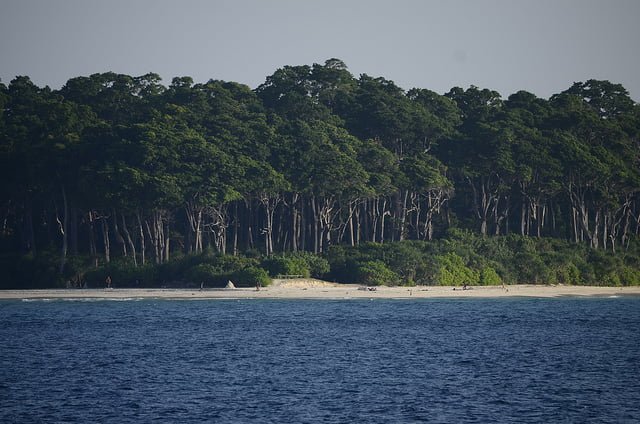
The industry, all too often, functions as machinery for exploiting loopholes in systems that are supposed to protect bioethics. Despite its special protections and protected tribal reserves, Great Nicobar Island—the last and largest in the chain of Nicobar Islands—is in critical danger of irreversible exploitation: more than 50% of the project falls under Tribal Reserves and the indigenous peoples’ villages are being classified as “vacant land” for utilisation of the project. In the context of the current Great Nicobar Development Plan, FII spoke to the representatives of There Is No Earth B, about their Save Great Nicobar Campaign, as well as Manish Chandi, a research scholar who has worked in the Nicobar and Andaman Islands and served on a subcommittee to evaluate the plan.
The Great Nicobar Development Plan: Mismanaged Planning
An already fragile ecosystem, Great Nicobar Island, home to extensive primary rainforest, mangroves, protected leatherback sea turtles, the long-tailed macaque and countless other protected species, is at risk of degradation by the new mega infrastructure project.
The island is also the ancestral land for members of different tribes: primarily, the Shopmen, who are a particularly vulnerable tribal group, and the Great Nicobarese, who are survived by only around 420 members. The Shompen tribe largely live in small villages spread amidst interior forest regions.
According to There Is No Earth B’s sources, the “approval of the first phase of the project has already led to the diversion of 130.75 sq. km of tropical evergreen rainforest for non-forest purposes against the wishes of the indigenous tribes.”
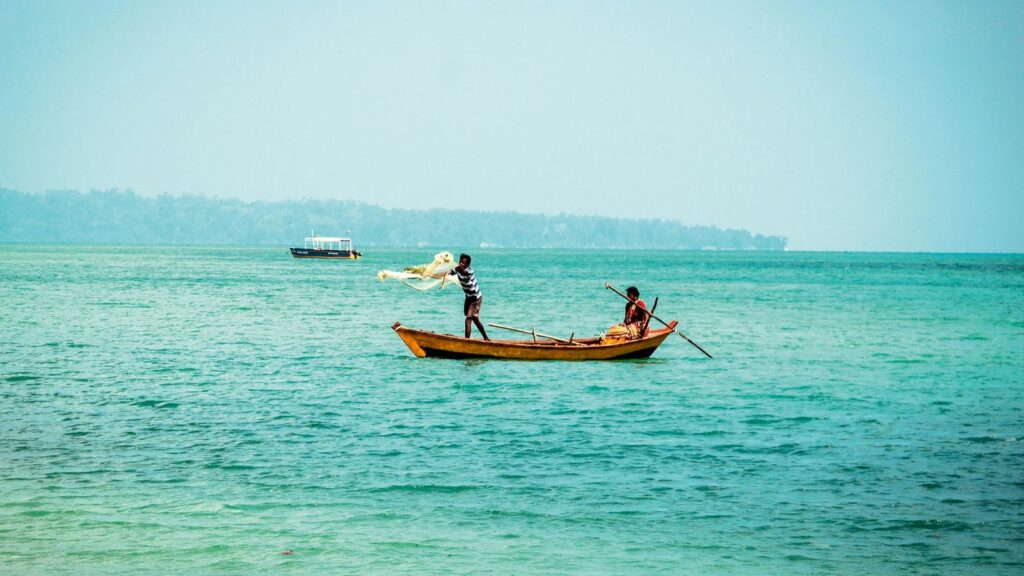
Currently, the Great Nicobar already has a population of around 5000-7000 settlers and the Rs.72,000 crore project is expected to bring more than three lakh people to the island in the next 30 years. This will exponentially increase the demand of the region for resources.
The question of freshwater access and food is a major concern, with the current demand already burdening Great Nicobar’s scarce resources. Currently, food is largely produced using “harmful pesticides, insecticides and steroids”, adds Manish Sir, and the projected food supply needed would have to either be shipped in from off-island or would continue to abuse the local soil ecosystems.
However, the question of freshwater access and food is a major concern, with the current demand already burdening Great Nicobar’s scarce resources. Currently, food is largely produced using “harmful pesticides, insecticides and steroids”, adds Dr Chandi, and the projected food supply needed would have to either be shipped in from the mainland or unsustainable inorganic agriculture or would continue to abuse the local natural ecosystems. The environmental, health and economic costs of the rise in population on the local ecologies are not being taken into account.
A large number of corals have already died because of the lack of regulations around scuba diving and other water activities in the Andamans. More tourists entering the water will create more risk for the local ecologies, and the coastal waters’ smaller coastal shelf and proximity to the deep sea is another concern that is not being addressed by current marine activity plans.
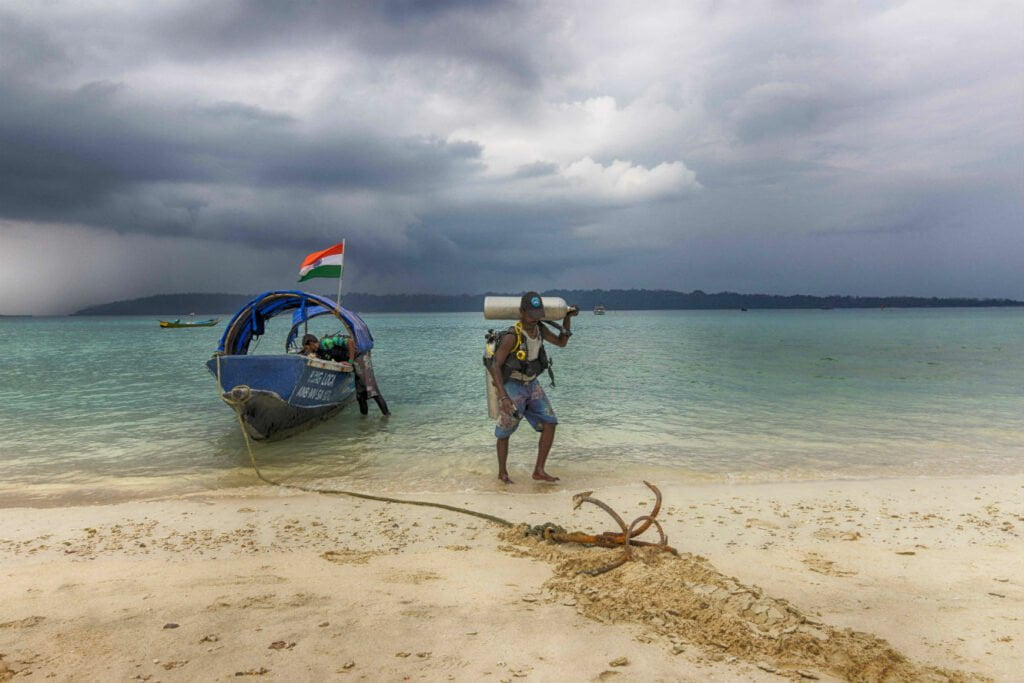
Instead, there are plans underway to translocate native animal species like crocodiles and monkeys to “uninhabited” islands, which belong to the Nicobarese people, where they have their plantations—Dr. Chandi shares. “This management would simply disrupt the local ecologies in these areas used for plantations and the people’s livelihoods, while also decimating both endemic and endangered wildlife.”
The Great Nicobar Development Plan: Exclusion from decision-making and cultural exploitation
“Tourism is often controlled and manifested by external agents,” Dr Chandi points out, “not necessarily by the people from the local communities itself.” This model is problematic, he adds. Not only does this model take away autonomy from native people but it also saturates their economies and societies with expectations that cannot be met without exhausting local resources.
These governmental procedures for approving and implementing this project have been rushed into, with officers lacking the patience to listen and address the local people’s needs. “The government has not spent enough time listening.” He adds, “They don’t care about the indigenous communities there. We have a tribal welfare department at Nicobar and barely anyone has any expertise, lived experience, or even degrees in relevant fields of study.”
Public consultations are often just a bureaucratic formality without real impact. Dr. Chandi adds that the Nicobarese people have been writing letters to the government expressing their request to return to their settlements, post the tsunami-induced internal displacement, but the government hasn’t responded.

Indigenous peoples’ need for self-governance and autonomy is often ignored in favour of “development”, which is often only development for certain people. In reality, this development favours the privileged and is simply a reiteration of the profit-over-people approach used by climate deniers and capitalistic agents of environmental destruction.
“In fact in addition to indigenous people’s voices being silenced, earlier this year authorities also restricted access to the island for outsiders and activists amidst project controversy,” adds There Is No Earth B. This censorship and ignorance of criticism is a severe concern and a tool used often to shut down criticism and accelerate the approval processes.
Indigenous people are simply appreciated for their cultural and religious practices, which in today’s day and age, is simply ‘sold as an aesthetic‘, the organisation’s team added.
Indigenous people are simply appreciated for their cultural and religious practices, which in today’s day and age, is simply ‘sold as an aesthetic‘, the organisation’s team added.
Dr Chandi shared that, during his time at the subcommittee, he was asked by an officer to organise a folk dance performance on the coasts that tourists “can come to see from their ships”.
When he met the village chief, one of the members of the tribe said, “I’ve never seen a tourist. I want to see what this tourist is like. I want to know why the government is spending so much to build pools hotels and bathrooms. Why aren’t they spending any money to build us basic infrastructure?”
A pathway to sustainable inclusion: Is it possible to Transform Eco-tourism?
“What we need is more planning: considerations in a positive manner and regulations,” adds Dr. Chandi. “But then the question emerges: how will these regulations be implemented?” he cites an anecdote of discovering that a local cavalry member was taking photos of the Shompen tribe, violating the no photography policy and the peoples’ right to privacy. “Imagine what tourists and outsiders would do.”
Tourism that is locally led by indigenous people and that addresses their needs, as opposed to for-profit ventures by outsiders, is important.
Tourism that is locally led by indigenous people and that addresses their needs, as opposed to for-profit ventures by outsiders, is important. Dr. Chandi and his colleagues advocated facilitating locally grown tourism ventures that were well-planned along with the local Indigenous tribes, but that decision was not well received by the administration.
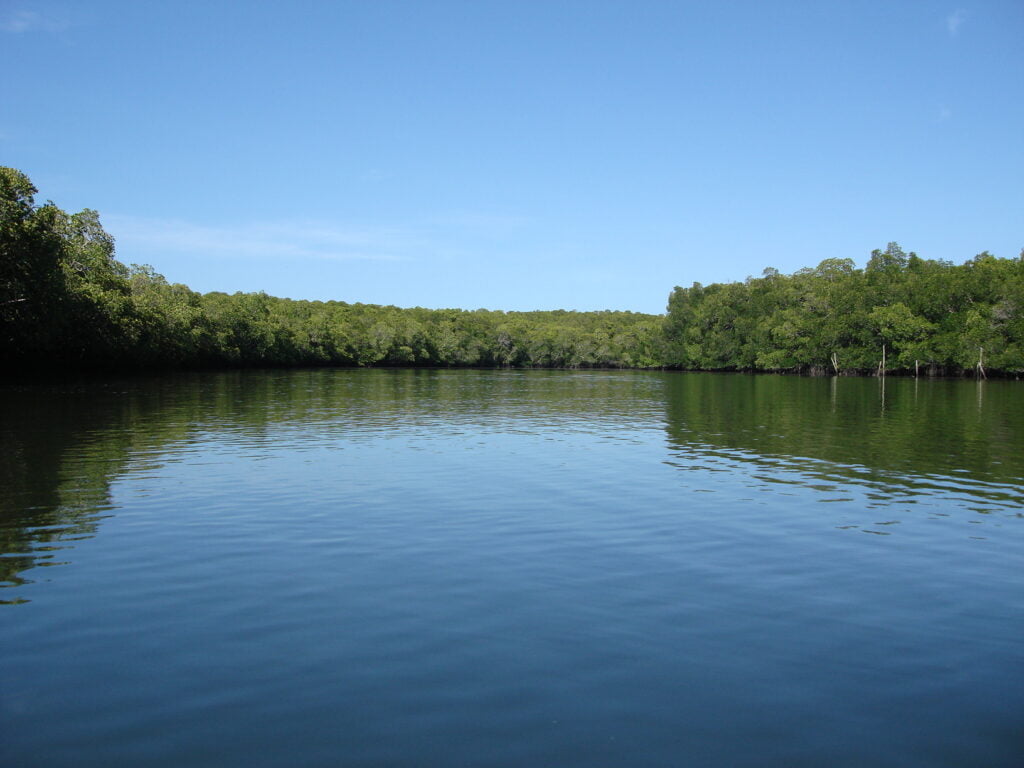
There also needs to be strict boundaries that tourists ought to respect. Visiting and observing the indigenous practices and settlements disrespectfully is a prominent concern. Rather than exploiting and appropriating local cultures, visiting tourists need to support local ecologies, “give back” and participate in justice-centric nature preservation efforts.
Involving local people as central to the decision-making process is also a given. Research has evidenced that the local community is integral to the sustainable growth of tourism, and this also creates a more harmonious means for cross-cultural movements and learning.
It is also imperative that decisions, such as the FCA Bill amendment or new ecosystem-reconstructing infrastructure projects, are not made in haste, but rather after careful deliberation of long-term consequences, along with respectful consultations of experts and everyone involved.
Resources on the Save Great Nicobar Campaign:
